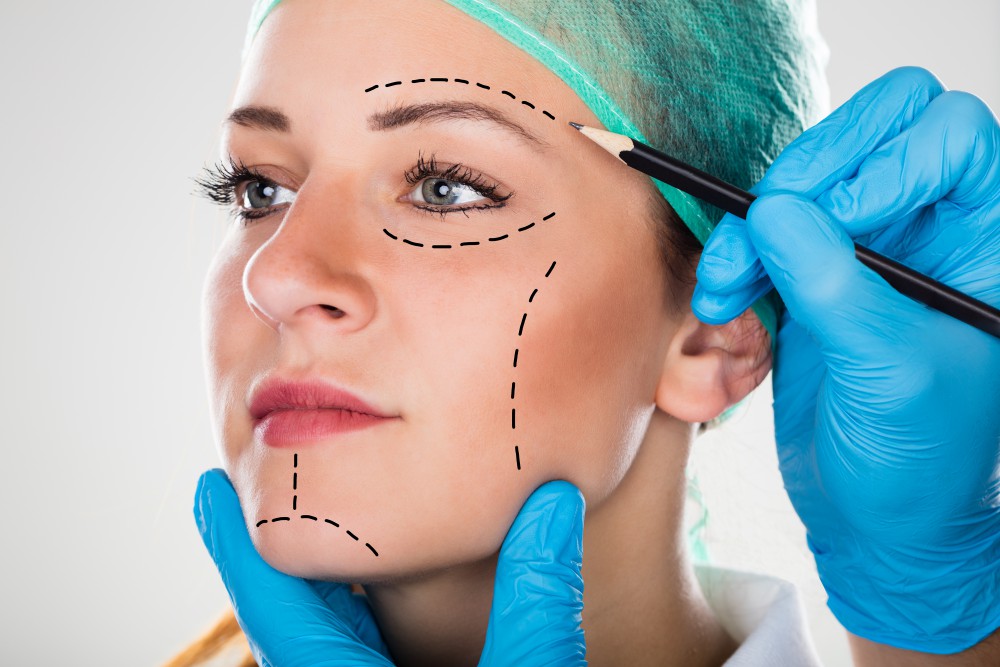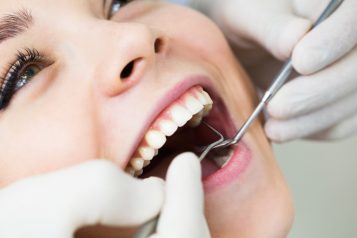
Facelifts are a major cosmetic procedure which takes months of consultation and sometimes even longer to see final results. But the finished look is always worth it, that is until additional concerns arise. Today, with revision facelifts being an option, many patients are revisiting their trusted plastic surgeons to help achieve a more youthful look. Haute Beauty sat down with board-certified Dr. Lucas Bryant to discuss the ins-and-outs of revision facelifts and how patients should prep for the surgery.
What is a revision facelift?
A revision facelift is when someone is having a facelift to correct a concern from a previous surgery or treatment. Examples include a previous facelift, incorrect or excessive filler placement, fat grafting or fat transfer, facial trauma, etc. A revision facelift is sometimes more complex and may take slightly longer than a regular facelift since there is added complexity in the issues being corrected.
How does this surgery compare to secondary facelifts?
A secondary facelift (second facelift) is also sometimes called a “tuck-up” or “touch-up.” These patients usually had a great result initially, but have experienced further aging since the time of their original surgery. Secondary facelifts may be more similar to a mini-lift, and sometimes may be performed with other minimally invasive treatments like liposuction, radiofrequency tightening treatments, or subdermal adipose remodeling. I personally use FaceTite or AccuTite along with a carefully planned Morpheus8 treatment for this type of patient if they want to shorten their downtime and get a scarless treatment. Other complementary treatments could include peels, CO2 laser, Fraxel, microneedling treatments etc.
Who is a candidate for this surgery?
A good revision facelift candidate is someone who is at least 10-12 months out from their original surgical procedure (less for patients with concerns from non-surgical treatments). Revision facelift procedures are very personalized and may include other complementary treatments to get the absolute best result possible.
How should a patient prep for this plastic surgery procedure?
Good prep for this is the same as good prep for any cosmetic treatment. These are some of my top tips. Be healthy, well rested, and avoid blood thinning medications and supplements for the appropriate amount of time. Always make sure you communicate clearly with your surgeon any concerns you may have ahead of time. It’s so important to make sure you’re both on the same page! It’s also good to have a spouse, close friend, or even hire a recovery assistant to help out when needed for a bit after surgery.
Describe the recovery process of this surgery?
The recovery process is very similar to a regular facelift. This may vary between patients. I often see my patients the day after surgery. I like to see them early and review any questions they may have. I usually encourage them to avoid heavy exercise for about 2 weeks.
How soon can patients see results?
Surgical changes are instant, but patients will notice continued improvement over time as they continue to heal and rejuvenate. I love it when a patient is excited about their beautiful result and I know that it’s going to get even better over the coming months. Facelift patients are seen in my office after surgery. These are usually straight-forward wellness checks and a chance to get a few stitches taken out. Out of town patients may see me less often in person, but can always schedule a video visit if they have questions. I’m a huge fan using all the awesome technology we have available today and telemedicine is a big help for providing excellent post-operative care. I have an open-door policy, so my patients know they can come see me at any time if a concern arises.
What follow-up treatments are necessary for this surgery?
I really like to get all my patients on a good post-surgical skincare regimen. Keeping your skin healthy after surgery is icing on the cake!
For more information, visit Dr. Brian A. Levine's social media:

























